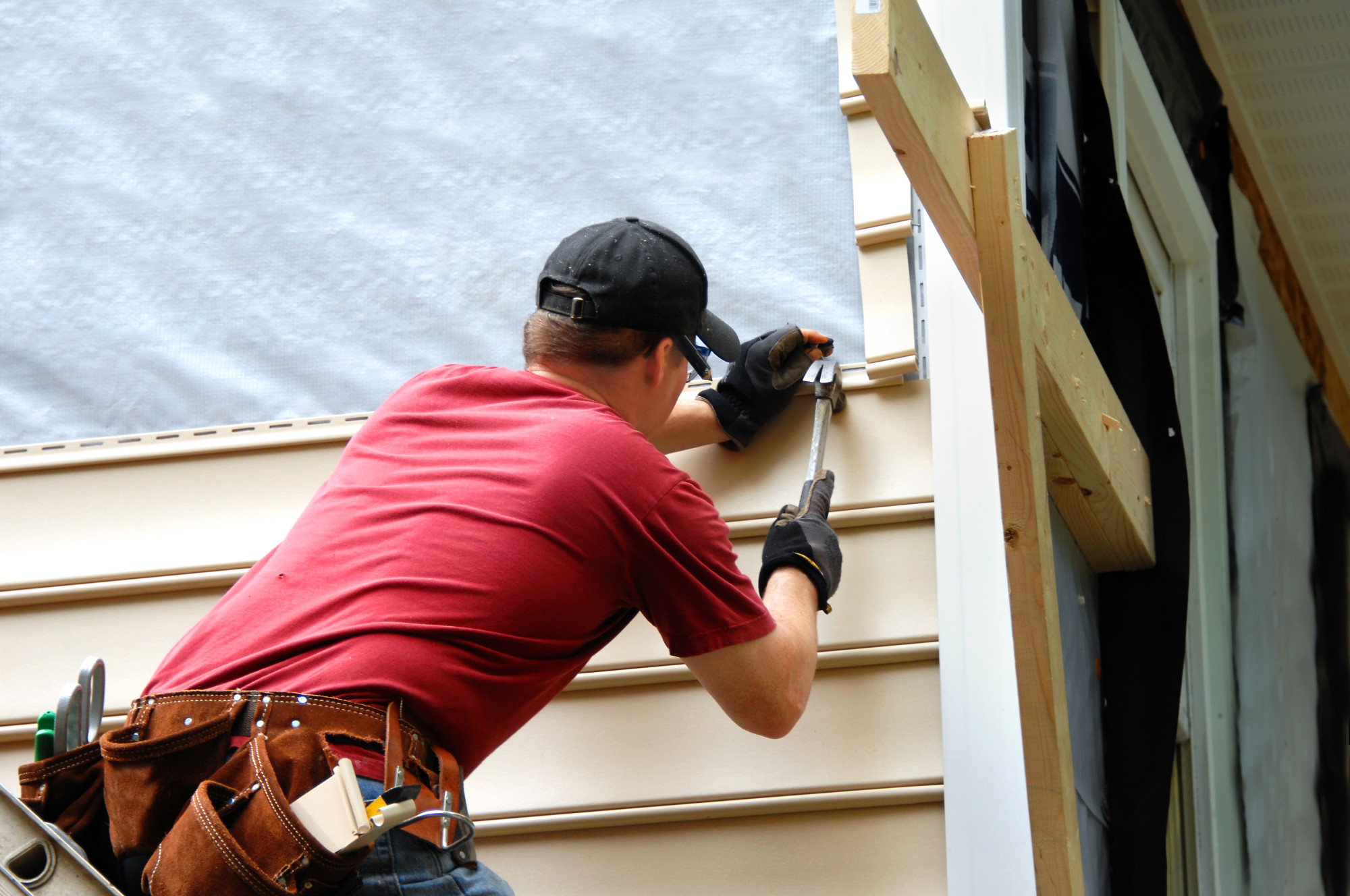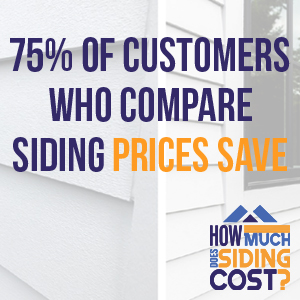
How Much Does Siding Installation Cost in Texas?
Wondering how much does siding installation cost in Texas? From metal to metal siding we’ll help you calculate to cost from contractors near you.
Siding Costs in Texas by Material:
| Siding Material | Average Cost / Square Foot |
|---|---|
| Wood Siding | $2.13–$5.15 |
| Vinyl Siding | $3.40–$11.52 |
| Metal Siding | $2.81–$8.14 |
| Fiber cement Siding | $5.20–$13.10 |
| Composite Siding | $3.94–$6.35 |
| Insulated Vinyl Siding | $3.67–$11.61 |
Costs are estimates and vary by brand, material, and total square foot covered

Siding Installation Cost Per Square Foot – Texas
If you’re looking to upgrade the exterior of your home in Texas with a fresh new siding installation, know that the cost will depend on factors like the size and design of your house, as well as local labor rates. To get an idea of what materials may set you back, take a look at this handy list containing average prices for various types of external siding:
| Siding Type | Cost Per Sq. Ft. | Typical Price Range |
|---|---|---|
| Aluminum | $1.53 – $7.02 | $3,500 – $14,000 |
| Brick Siding | $5.00 – $15.01 | $10,250 – $30,000 |
| Fiber Cement | $5.01 – $12.04 | $11,103 – $24,002 |
| Hardie Board | $7.05 – $13.15 | $15,153 – $19,100 |
| Natural Stone | $28.01 – $50.23 | $55,000 – $100,003 |
| Stucco Siding | $5.13 – $9.05 | $9,001 – $17,300 |
| Vinyl Siding | $3.55 – $11.06 | $4,700 – $15,493 |
| Wood Siding | $8.00 – $12.10 | $16,000 – $24,001 |
RESOURCE GUIDE: By Siding Material
Vinyl Siding Cost
Aluminum Siding Cost
Fiber Cement Siding Cost
Metal Siding Cost
Stucco Siding Cost
Wood Siding Cost
Insulated Siding Cost
Steel Siding Cost
Composite Siding Cost
Find A Replacement Siding Company Near You:
Houston, TX; Austin, TX; Dallas, TX; Denton, TX; San Antonio, TX; Fort Worth, TX; El Paso, TX; McAllen, TX; Plano, TX; Garland, TX; Arlington, TX; Laredo, TX; McKinney, TX; Irving, TX; Corpus Christi, TX; Lubbock, TX; Amarillo, TX; Frisco, TX; Grand Prairie, TX; Pearland, TX; Brownsville, TX; Killeen, TX; Pasadena, TX; Waco, TX; Carrollton, TX; Midland, TX
Siding Installation in Texas
Siding installation is a popular home improvement project in Texas, and for good reason. The siding on your home serves as a protective barrier against the harsh weather conditions in Texas, such as heavy rainfall, high winds, and scorching heat. It also plays a crucial role in enhancing the aesthetic appeal of your property.
When it comes to siding installation in Texas, there are several factors to consider. First and foremost, you need to choose the right type of siding for your home. Some of the most popular options include vinyl, fiber cement, wood, and metal. Each of these materials has its own unique benefits and drawbacks, so it’s important to do your research and choose the one that best fits your needs and budget.
Once you’ve chosen your siding material, it’s time to find a reputable contractor to handle the installation. Look for a contractor with a solid reputation in the community and plenty of experience installing siding on homes in Texas. Ask for references and check out online reviews to get a better sense of their past work.
During the installation process, your contractor will typically start by removing any existing siding and preparing the surface of your home for the new siding. They’ll then install the siding according to the manufacturer’s instructions, ensuring a snug fit and proper sealing around windows and doors.
One of the biggest benefits of siding installation in Texas is that it can significantly improve your home’s energy efficiency. Many types of siding are designed to provide insulation, which can help keep your home cooler in the summer and warmer in the winter. This can translate to lower energy bills and a more comfortable living environment for you and your family.
In addition to the practical benefits of siding installation, it can also give your home a fresh new look. With so many colors and styles to choose from, you can customize your siding to match your personal taste and the overall design of your home.
Overall, siding installation is a smart investment for homeowners in Texas. Not only does it protect your home from the elements, but it can also improve energy efficiency and boost your home’s curb appeal. Just be sure to choose the right contractor and materials for the job to ensure a successful installation.
